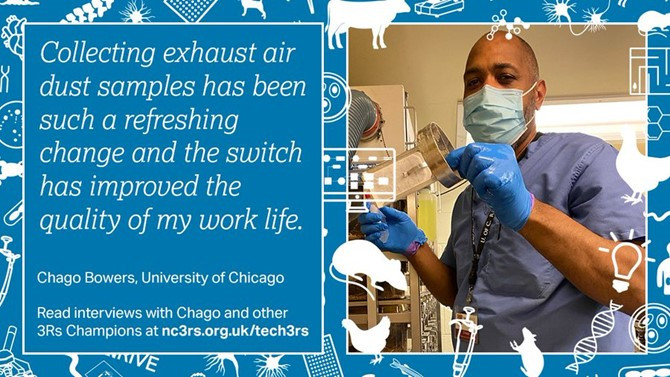Office-led project
Replacing sentinel animals with environmental health monitoring

At a glance
In progress
Current contacts
- Dr Khia Dobbinson
R
- Replacement

